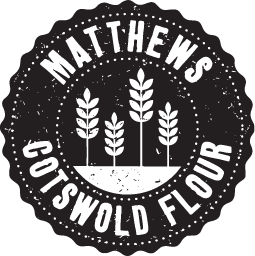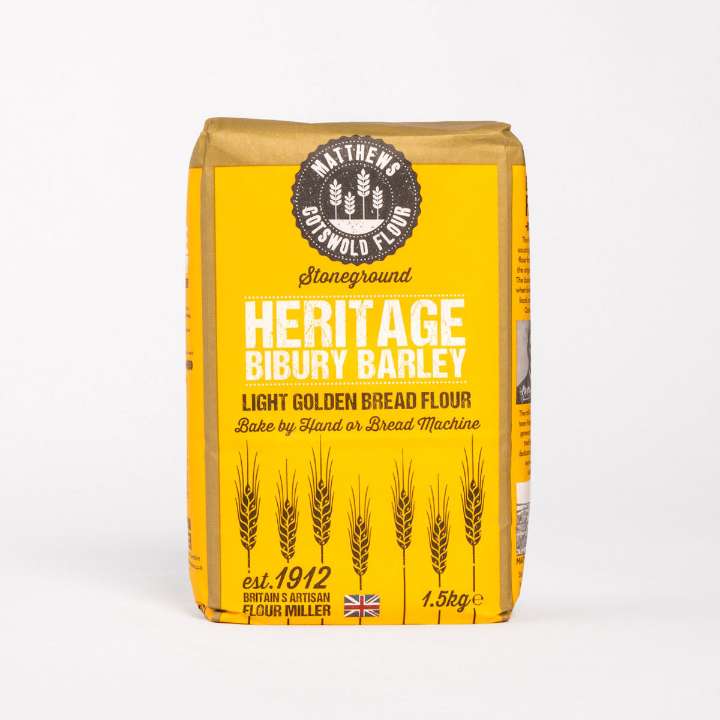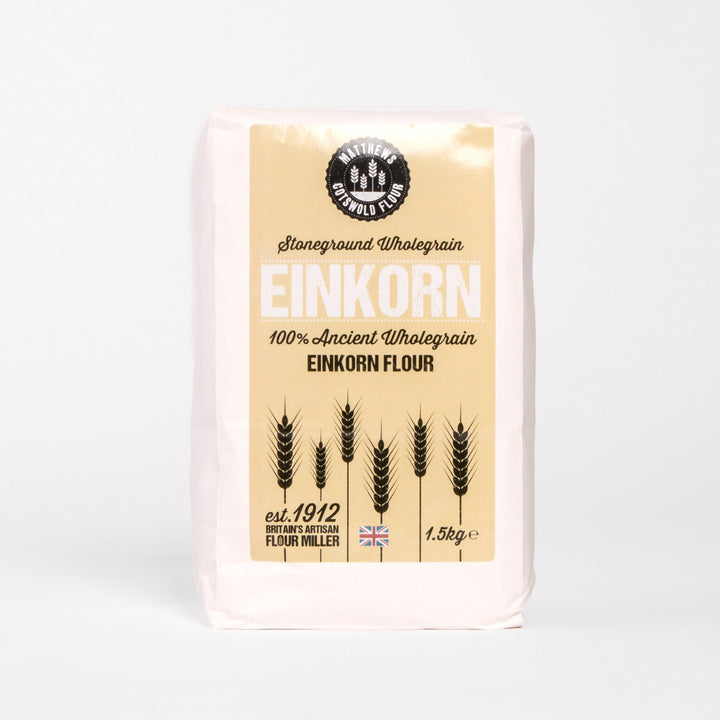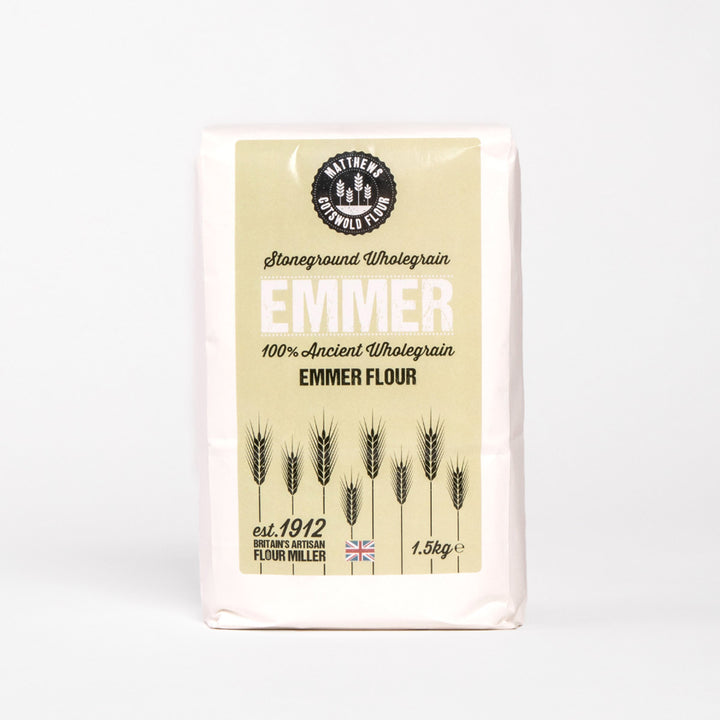Pastry Making – Ultimate Guide & Tips on How to Make Pastry
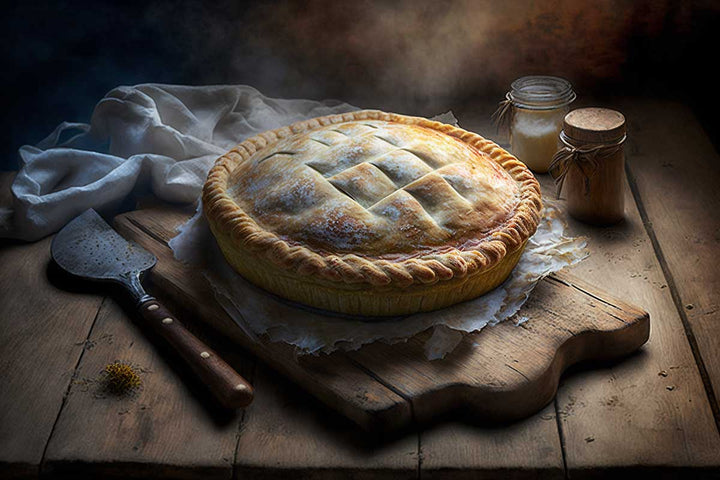
How to make pastry for pies

Pies can be sweet or savoury, and can be made with shortcrust or puff pastry. They can be substantial pies with a percentage of wholemeal flour, or lighter, flakier pies with just a thin layer of pastry complementing a fruit-based filling.
With so many options before you it is important to know the basics when making the ‘ultimate pie’; but the effort is certainly worth it. People always prefer a homemade pie done well; and shop-bought pies have not yet captured the deliciousness of a pie made with excellent pastry.
 The good news is; if you follow these guidelines below carefully, simple pastry dough or shortcrust pastry is easy to prepare.
The good news is; if you follow these guidelines below carefully, simple pastry dough or shortcrust pastry is easy to prepare.
Other popular pastry types include puff pastry, filo and rough puff. Puff pastry might be the trickiest of these to master but once you have got the hang of it there is no substitute for golden, flaky puff pastry to top pies, or for strudels, cheese straws or puff pizzas. Rough puff is a modified version of puff for those wanting a simpler recipe! Filo pastry…? Well all the experts will tell you they often buy it in. If you want the details we give a recipe below - but be warned - this one will take skill and patience.
Whatever your pastry needs, we give top tips below so you can get it right, every time.
How to make shortcrust pastry
How to make pastry dough
When making pastry we often start with shortcrust, possibly the easiest pastry to get right, giving us confidence to progress to ‘finer’ pastries such as puff or filo.
Tip 1 - cold hands
The secret to shortcrust? Cold. Cold hands, cold bowl, cold butter (if using). The reason for this is because if you don’t keep things cool, the mixture will become greasy or heavy, the texture is not the fine, ‘short’ (or crumbly) texture you want.
Tip 2 - work quickly
Another top tip is to work quickly. Like keeping things cold, working quickly and keeping the dough moving (not ‘over working’) will ensure you have a light texture, not too heavy, with a nice crispy base.
Tip 3 - allow resting time
The final main tip is to allow resting time. There are glutens (proteins) in pastry, resting time allows those glutens to relax, so that when the time comes to roll it out, they’re not being overworked and the dough will stretch easily. If the dough is not allowed to relax the dough will shrink in the oven.
Shortcrust pastry ingredients:
- 175g/6oz plain flour
- pinch salt
- 85g/3oz butter, cubed (or 42g/1.5oz butter, 42g/1.5oz lard/Trex)
- 2–3 tbsp cold water
Options for types of fat in shortcrust pastry
As an alternative to using all butter in pastry some people prefer to use half a white fat, so a 50/50 split with butter. Traditionally lard was used for this purpose but today some vegetarians will use Trex or a similar white vegetable fat.
By spitting the fat component into a mixture of butter and white fat you end up with a ‘less buttery’ pastry, which has a ‘shorter’ or more crumbly texture. Many people prefer this texture, as it tastes less ‘greasy’.
Variation of shortcrust recipe with egg
An alternative to the above recipe is to replace the water with an egg. The reason for doing this is that the egg adds flavour and proteins, which help to bind the ingredients together. Some people also add a splash of milk together with the egg but this too is optional.
With wet ingredients it is always best to add one tbsp at a time in case the mixture goes too sloppy.
Method for making shortcrust pastry by hand:
- Measure your flour and salt into a large bowl and add the cubes of butter and/or white fat.
- Working as quickly as possible, rub the butter into the flour with the tips of your fingers to make ‘breadcrumbs’.
- Stir in just enough of the cold water to bind the dough together (around 1-2 tbsp).
- Take your pastry and place on a clean board (a marble board if you want to keep things as cold as possible), and ‘knead’ with your fingers to bring it into a ball. Don’t overwork.
- Wrap the dough in a plastic bag and pop in the fridge to chill for 30 minutes before using.
- Alternatively, roll out immediately and line the tin, resting the pastry case in the fridge for 30 minutes before baking.
Method for making shortcrust pastry in a food processor:
- Measure all dry ingredients into your processor. Switch to a careful blend to make breadcrumbs.
- Carefully add cold water down the funnel, until the dough comes together. Only add enough water to bind it and then stop.
- Follow steps 4- 6 above to finish.
Sweet shortcrust pastry
The recipe above can be used on any pie (sweet or savoury) but it is common to add a little sugar to sweeten a shortcrust pastry further, if making a fruit pie for example.
To sweeten a shortcrust pastry simply mix in 60g of icing sugar at the beginning stage when you add your flour.
- 175g/6oz plain flour
- pinch salt
- 85g/3oz butter, cubed (or 42g/1.5oz butter, 42g/1.5oz lard/Trex)
- 60g icing sugar
- 2–3 tbsp cold water
How to make puff pastry
With puff pastry keep in mind that while the results will be worth it with delicious golden, flaky pastry, because it is time consuming there is merit in making double the amount you need for your recipe so you can freeze half. It freezes very well and then you’ll have homemade excellent puff pastry to go.
Puff pastry ingredients:
- 8 oz (225 g) plain flour
- Pinch of salt
- 1 teaspoonful lemon juice
- Water
- 8 oz (225 g) butter
Method for making puff pastry:
- Sieve the flour and salt together in a bowl and mix to a firm paste with the lemon juice and water.
- Turn on to a lightly floured board and knead well until the paste is smooth.
- Roll out into an oblong.
- Lay the butter on one half of the dough. Fold the other half of dough over the butter and seal the edges with the rolling pin.
- Roll out to a strip and fold the pastry in three, sealing the edges firmly. Leave covered for 10 minutes.
- Roll and fold the pastry seven times in all, leaving it covered in the fridge for 10 minutes between every other rolling.
- The pastry is improved if left covered for several hours or overnight in the fridge before using.
- Tip: It’s easy to lose track of how many times you’ve rolled and folded. Using a knife, mark what number you’re at on the pastry as you go. Roman numerals are easier to mark than our normal numbers.
Tips for making the perfect puff pastry:
- Be careful not to overwork the dough when handling as this will activate the gluten in the flour and result in a poor quality puff pastry.
- A long sharp knife is best for cutting through the pastry quickly and cleanly. If you use a serrated knife there is a risk of tearing and this will again affect its rising potential.
- Remember to make more than you need or save any leftover pieces of puff pastry for freezing (wrapped very tightly in a plastic bag to avoid air getting to it) for another time.
- Don’t add too much extra flour to your worktop or your puff will become too dry.
- Always rest your pastry in the fridge to allow it to firm up.
- Make sure the fillings are cool when adding to pastry - any heat will cause the pastry to go soggy.
- Make sure your oven is at temperature when it goes in - if it is not warm enough the butter will melt before the pastry becomes firm, too hot and you’ll risk burning.
- Consider using an egg wash glaze before putting in the oven to give a nice crispy shine.
How to make rough puff pastry
If you want to make a pastry with a similar texture to puff pastry but haven’t quite got the time, then rough puff might be the pastry for you. It won’t quite rise as much as true puff, but you’ll get a light flaky pastry and is homemade and still delicious.
Essentially to make rough puff, rather than separating out the butter from the other ingredients as above, you simply incorporate it into the mixture at the beginning. You then proceed to give the dough the same turns as in making puff pastry.
Ingredients for rough puff pastry:
- 250g strong plain flour
- 1 tsp fine salt
- 250 g butter, at room temperature, but not soft
- 150ml cold water
Method for making rough puff pastry:
- Sift the flour and salt into a bowl. Roughly break the butter into small chunks, add them to the bowl and rub them in loosely.
- Make a well in the bowl and pour in about two-thirds of the water, mixing until you have a firm rough dough adding extra water if needed.
- Cover with a plastic bag and leave to rest for 20 mins in the fridge.
- Turn out your dough onto a lightly floured board and knead gently into a smooth rectangle.
- Roll the dough in one direction only, until 3 times the width, about 20 x 50cm. Allow the butter to stay on top as in a marbled effect.
- Fold the top third down to the centre, then the bottom third up and over that. Give the dough a quarter turn and roll out again to three times the length.
- Fold as before, cover with a plastic bag and chill for at least 20 mins before rolling to use.
How to make filo pastry
There is definitely a place for filo pastry in the kitchen. Whether you choose to buy it in and concentrate on preparing your delicious fillings is up to you. It is definitely the hardest pastry to master and will take time and effort. Do not be deceived by the simple ingredients list - the skill is all in the preparation.
If you are wondering what filo pastry is, it is a paper-thin translucent pastry used in Greek, Eastern European and Middle Eastern recipes. It is popularly used in baklava - which is a honey and nuts based greek dessert which is worth making - I’ll leave it to you to decide if the pastry is also worth preparing.
The main issue with making filo seems to be with its delicate structure, being so thin it can break easily, meaning if you are not careful you can end up with a bit of a gloopy mess. Like with all pastries, filo needs to be left for resting time to relax the proteins.
Ingredients for filo pastry:
- 4 oz (112 g) plain flour
- Pinch of salt
- Water
- 2 tablespoons olive oil
Method for making filo pastry:
- Sieve the flour and salt together in a bowl and gradually add water to make a stiff dough.
- Oil your hands lightly and knead the dough on a board, gradually working in all of the olive oil this way until a smooth, elastic dough is achieved.
- Roll the dough in a little more olive oil, place in a bowl, cover with a damp cloth and allow to stand in a warm place for a couple of hours to allow it to rest.
- On a lightly floured board, divide the dough into 12 pieces and roll to 0.5 cm.
- Cover with a cloth and leave for 10 minutes.
- Cover a worktop with a smooth, clean cloth and lift each piece of the rolled dough onto it one at a time.
- Putting your hands, palms down under the dough, gently stretch the dough with the back of your hands, rotating the cloth until the dough is stretched and as thin as tissue paper and in an approximately 30 cm x 30 cm square.
- Repeat with the other pieces of dough.
Common mistakes or problems with pastry making
Pastry too crumbly to roll out
Overworking the pastry.
Make sure you don’t overwork the pastry as this can make the pastry tough. Instead chop the butter into small cubes and use a fork to mix the butter and flour together until they resemble bread crumbs before adding water.
Using bread flour instead of plain flour.
The gluten strands in bread flour are stronger than plain flour and can make pastry tough to roll out. If you have used the wrong flour it can help to allow the pastry to rest for 30 minutes to relax the gluten.
Not using enough butter or other fats.
Butter will give pastry the correct consistency. Do not substitute butter for extra water or your pastry will turn out too tough.
Soggy pastry bottom!
A hole has appeared in the base of the pastry.
Check your pastry is sturdy enough to hold all your pie filling so none leaks out.
Your oven is too hot.
This can cause a pie to be cooked at the top and sides but not the bottom.
Using a ceramic dish.
If you use a ceramic dish the pie base will cook more slowly than the top and sides. Metal dishes even up this process or another alternative is to ‘blind bake’ the bottom for twenty minutes before adding the filling and top pastry afterwards.
Pastry has shrunk or collapsed from edges of pie dish.
Pie gone into an unheated oven.
Make sure your oven is preheated to temperature before the pie goes in, otherwise the water will evaporate before the pastry has time to cook properly.
Not enough butter in recipe.
Extra water in a recipe instead of butter will cause the water to evaporate and shrinkage to the pie crust in the oven.
Using bread flour instead of plain flour.
Stronger gluten strands in bread flour will cause the pastry to shrink more easily in the oven compared to plain flour.
Pastry has formed blisters, bubbles and cracks in surface of pie
Butter not mixed well enough or too large butter lumps in dough.
Make sure butter is mixed in evenly to ensure an even cooking of the top of your pie.
Pastry not chilled in oven before baking.
Chilling in the fridge for twenty minutes before baking allows the fats in the pastry to relax and ensures a more homogenised bake.
(A few blisters or bubbles are not much to worry about however and should not impair the quality of your pie. For added homemade appeal simply sprinkle a few herbs or a dusting of icing sugar if making a sweet pie.)
← Older Post Newer Post →
